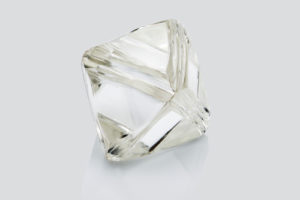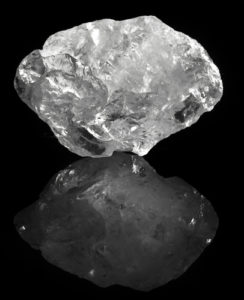
A Look at Pellucidity in Diamonds
 Pellucidity is one of the lesser-known factors which impact the brilliance of a diamond. Also called diaphaneity, it is technically the degree of light, which is able to pass through any material. Even your newly bought 1.5 ct solitaire diamond ring would have this property.
Pellucidity is one of the lesser-known factors which impact the brilliance of a diamond. Also called diaphaneity, it is technically the degree of light, which is able to pass through any material. Even your newly bought 1.5 ct solitaire diamond ring would have this property.
If a very small amount of light passes through a stone, that brings down its transparency, and consequently also its brilliance. This means that even if it is of ideal proportions and cut, it would not be able to exude as much brilliance as a more pellucid stone. Some diamonds may even appear as semi-transparent or hazy because of this trait, and that reaffirms the need to consult the grading report before buying any stone.
 What Causes Pellucidity in Diamonds
What Causes Pellucidity in Diamonds
Based on how each diamond is originally formed out of carbon, its quality differs from those of others. It is possible for a diamond to grow outside a mineral, or vice versa, and that can affect pellucidity. A diamond formed in this way would be able to transmit light in a different way and measure. Some stones end up blocking most of the light, which adversely affects their brilliance.
